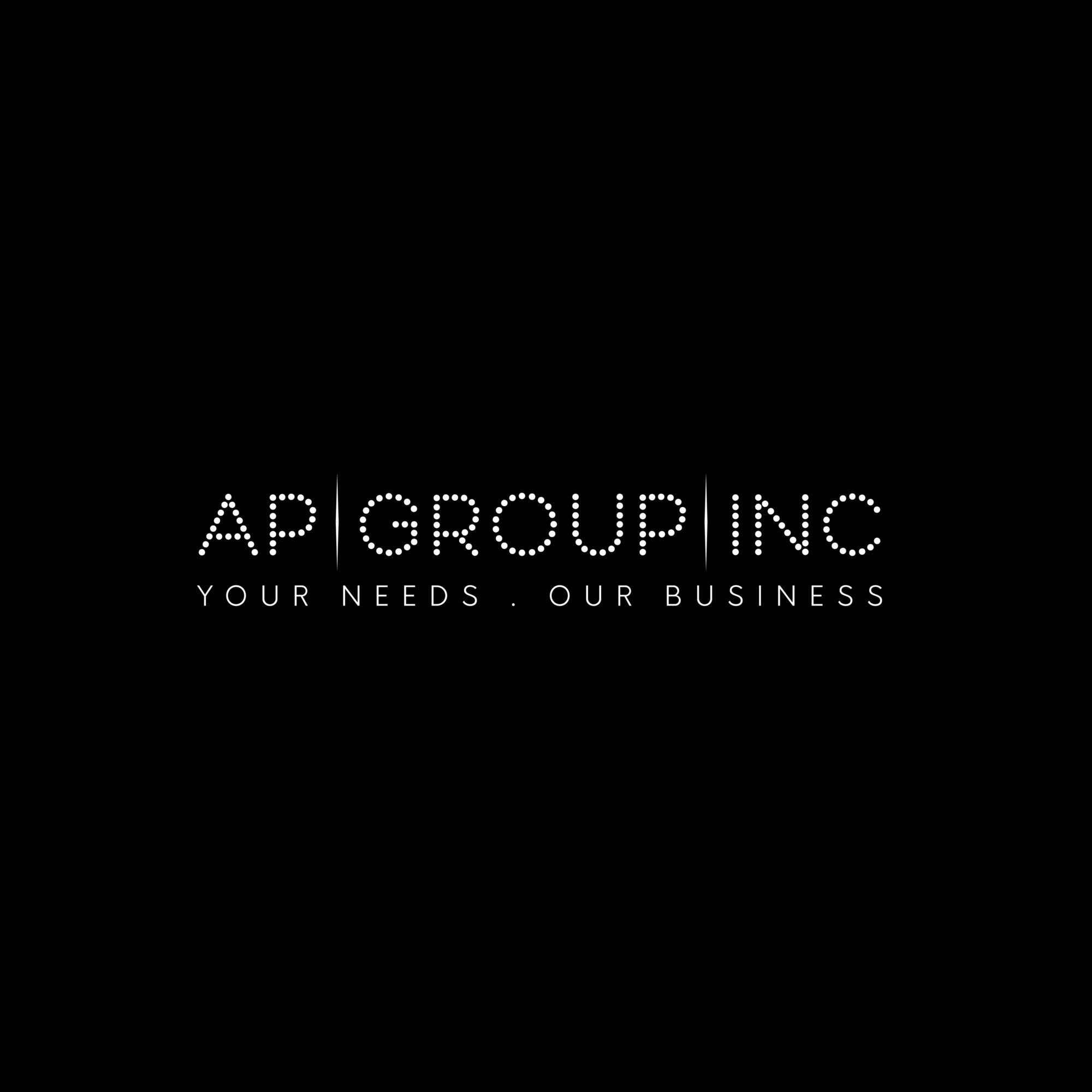
To stem the tide of joblessness caused by the coronavirus (COVID-19) outbreak, the Small Business Administration (SBA) has officially launched the Paycheck Protection Program (PPP). The program’s stated objective is “to provide a direct incentive for small businesses to keep their workers on the payroll.”
What does the program offer?
The PPP was authorized under a provision of the Coronavirus Aid, Relief, and Economic Security (CARES) Act. It provides up to eight weeks of cash-flow assistance through 100% federally guaranteed loans to eligible recipients to maintain payroll during the COVID-19 crisis and cover certain other expenses.
Under the program, eligible recipients may qualify for loans of up to $10 million determined by eight weeks of previously established average payroll. The first loan payment is deferred for six months. All loans will have an interest rate of 1%, a maturity of two years, and no borrower or lender fees.
If the recipient maintains its workforce, up to 100% of the loan is forgivable if the loan proceeds are used to cover the first eight weeks of payroll, rent, mortgage interest or utilities. (The U.S. Treasury Department anticipates that no more than 25% of the forgiven amount can be for non-payroll costs.)
How is payroll defined?
Under the PPP, payroll includes:
- Employee salaries (up to an annual salary of $100,000),
- Hourly wages,
- Cash tips,
- Paid sick or medical leave,
- Group health insurance premiums,
- Retirement benefit payments,
- State or local tax on employee wages, and
- Compensation to a sole proprietor or independent contractor of up to $100,000 per year.
If the PPP recipient doesn’t retain its entire workforce, the level of forgiveness is reduced by the percentage of decrease. However, if the laid-off workers are rehired by June 30, the full amount of the loan may still be forgiven.
Who’s eligible?
Eligible recipients are small businesses with fewer than 500 employees (including sole proprietorships, independent contractors and self-employed persons). Private nonprofits and 501(c)(19) veterans organizations affected by COVID-19 may also qualify. In addition, businesses in certain industries with more than 500 employees may be eligible if they meet the SBA’s size standards for those industries.
The PPP begins retroactively on Feb. 15, 2020, and ends June 20, 2020. (The retroactive start allows eligible recipients to bring back workers who were laid off because of the crisis.) Qualifying companies may apply for a loan at lending institutions approved to participate in the program through the SBA’s 7(a) lending program. Applications may also be available through participating federally insured depository institutions, federally insured credit unions and Farm Credit System institutions.
When should you apply?
The Treasury Department released the PPP Application Form on March 31, and lenders could begin processing applications on April 3. If you believe your small business may be eligible to participate, it’s a good idea to apply as soon as possible because funds are limited under the program. We can help you confirm your eligibility, complete the application and optimally manage any loan funds you receive.
© 2020 AP Group Inc
